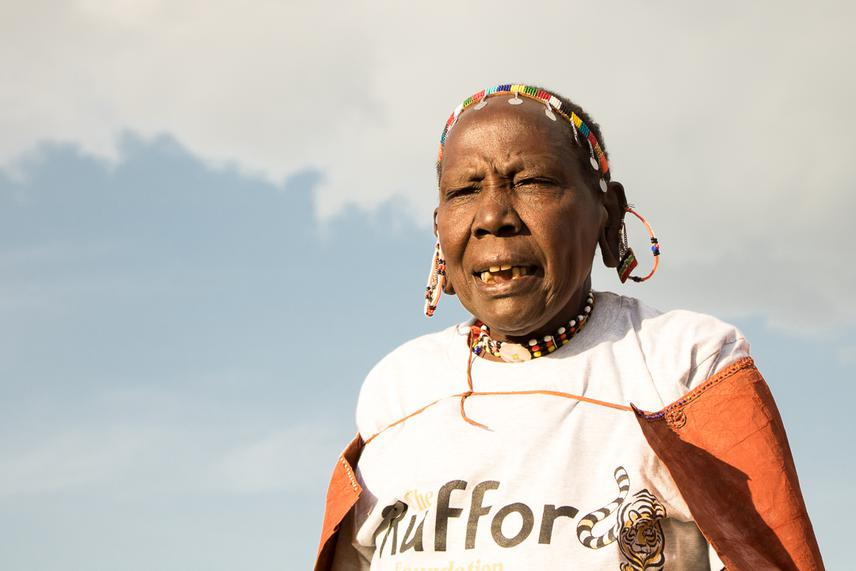Social media video featuring the project.
Biodiversity Conservation in Lake Bogoria National Reserve
27 Feb 2017 Lake Bogoria National Reserve, Kenya, Africa Communities | Biodiversity
Participatory Ethnobotanical Research on Succulent Plants of Lake Bogoria National Reserve, Rift Valley, Baringo, Kenya
This project focus on addressing the plight of a minority rural community living adjacent to Lake Bogoria national reserve, it aims (in the long term) at integrating both scientific and traditional ecological knowledge in the management of the reserve to ensure biodiversity conservation and sustainable ecotourism. The two main objectives are:
1) To identify, document and promote the traditional knowledge useful for biodiversity conservation and management of the reserve.
2) To empower the Endorois community through education on how they can harness their cultural/indigenous knowledge to act as sources of livelihood and a remedy to biodiversity conservation and sustainable ecotourism.

Salgaa chair lady.
As the Endorois community continue to bear the cost of wildlife conservation and tourism development, they are also inadequately involved in the management and decision making processes of Lake Bogoria national reserve, in addition they receive insignificant direct monetary benefits from the tourism conducted on their one-time home. These three factors have been the lead cause of the strained relationship between the conservation authorities and the locals. This strained relationship is threatening biodiversity since the local community’s negative attitude towards wildlife, conservation and tourism have result in retaliation activities such as illegal bush meat hunting, spearing and poisoning of wildlife and unsustainable use of water and plant resources. In order to curb these challenges, this project aims at including the local community in biodiversity conservation and management of the reserve by:
1) Documenting and promoting traditional ecological knowledge related to biodiversity conservation and management of the reserve.
2) Empowering the Endorois community through education on how they can harness their cultural/indigenous knowledge to act as sources of livelihood and a remedy to biodiversity conservation and sustainable ecotourism.
3) Interviews, questionnaires and focused group discussions will be used to gather the traditional ecological knowledge.
Lake Bogoria National reserve (0°14’25.1700”N, 36° 6’21.1716”E) is a Ramsar site and a world heritage site that lies in a trough created by tilt faulting at an altitude of 975m in Rift valley, Kenya. The reserve is characterized by high species diversity at low densities and therefore has a high conservation value. In terms of avifauna the reserve has been designated as an important bird area (by Birdlife international) with over 373 species of birds. The Globally threatened bird species found at the lake and its terrestrial landscape includes; the Lesser flamingo phoeniconaias minor (Near-threatened), Maritial Eagle Polemaetus bellicosus (Near-threatened), the Grey-crowned crane Balearica regulorum (Vulnerable), Pallid Harrier Circus macrourus (Near-threathened), Maccoa Duck Oxyura maccoa (Near-threatened), Egyptian vulture (Endangered), white-headed vulture (Vulnerable) and Lesser Kestrel Falco neumanni (vulnerable). The lake is also an important feeding station for 3 palaearctic migrants (Hirundo rustica, Riparia riparia and Apus apus).
Endorois are pastoralist indigenous community who also grow crops. They hold important indigenous environmental management system, resource use system and their traditional way of life encouraged biodiversity conservation.
Social media video featuring the project.
Biodiversity Conservation in Lake Bogoria National Reserve